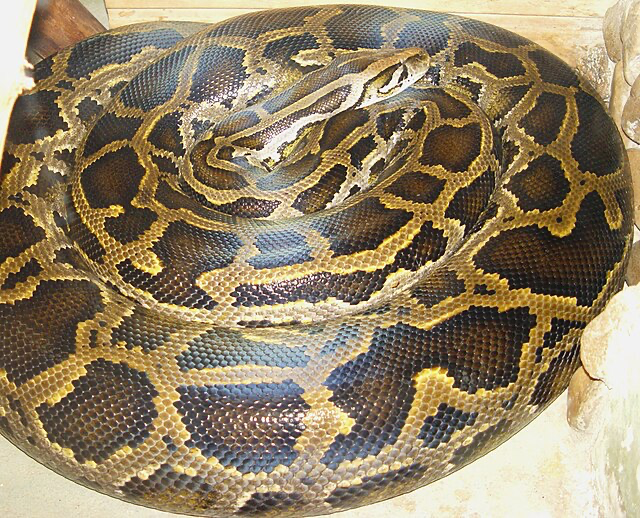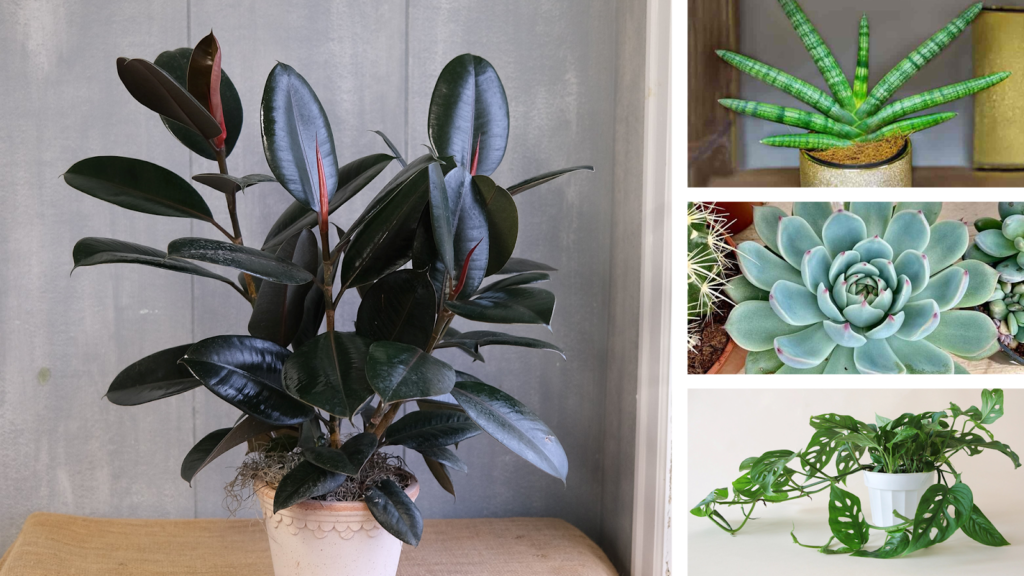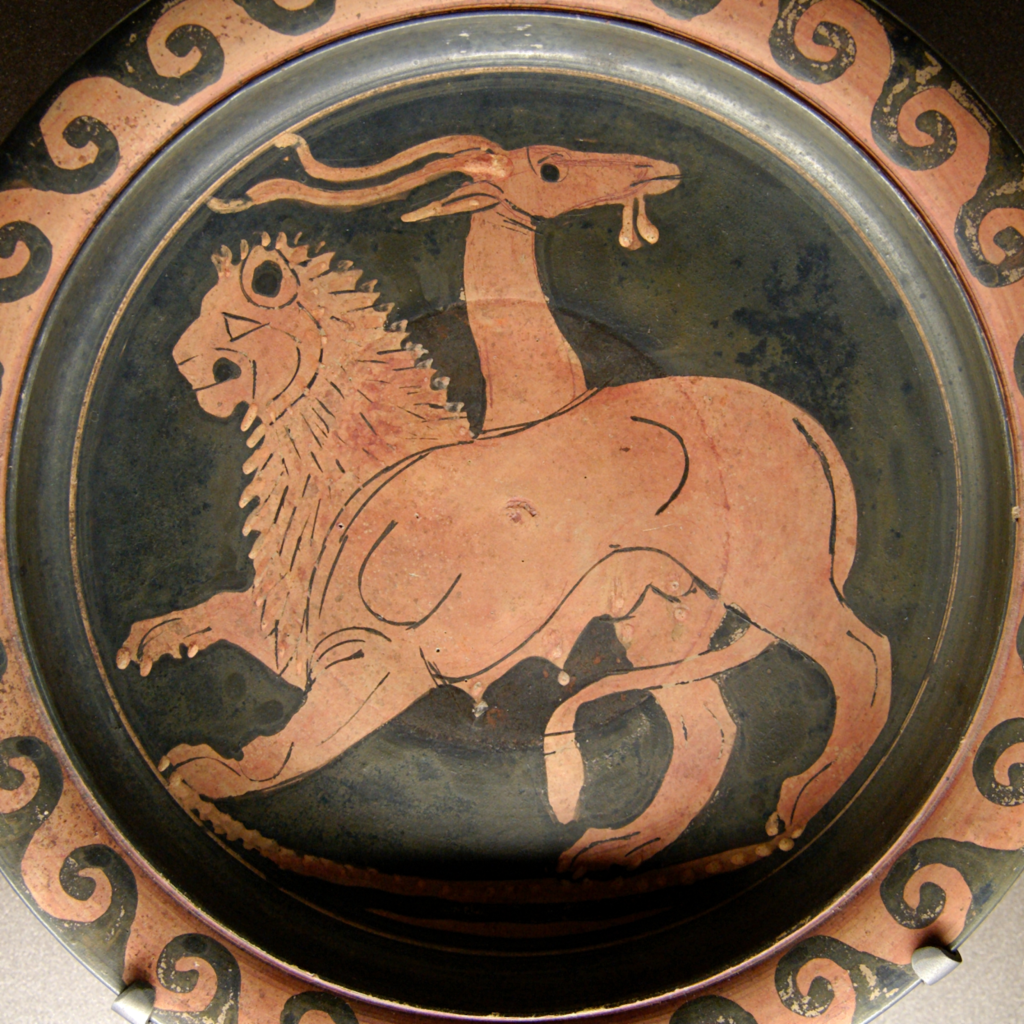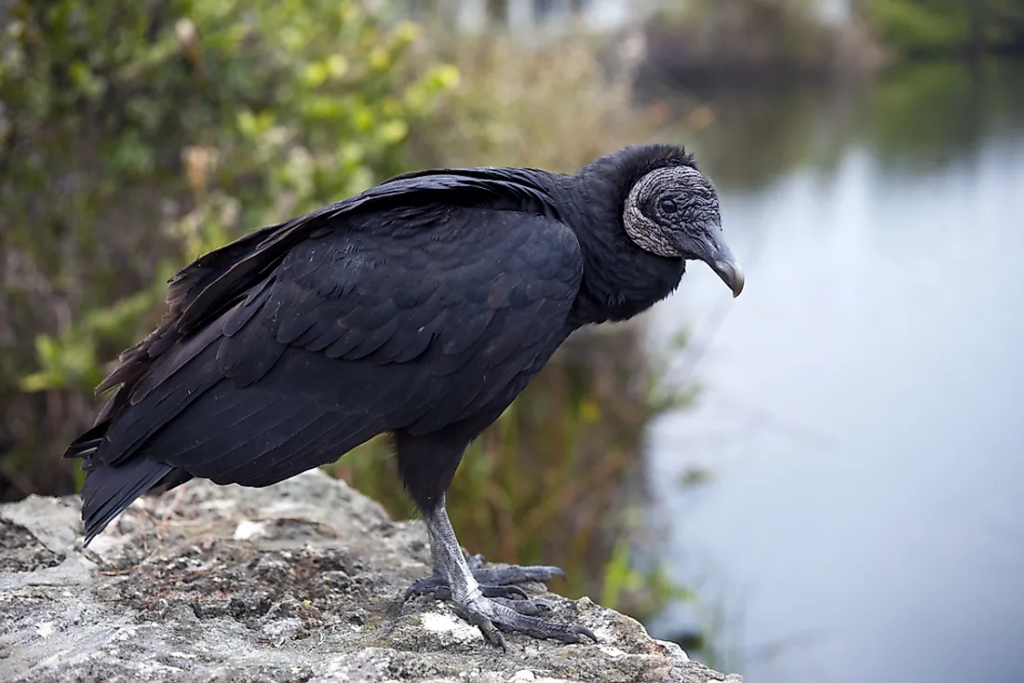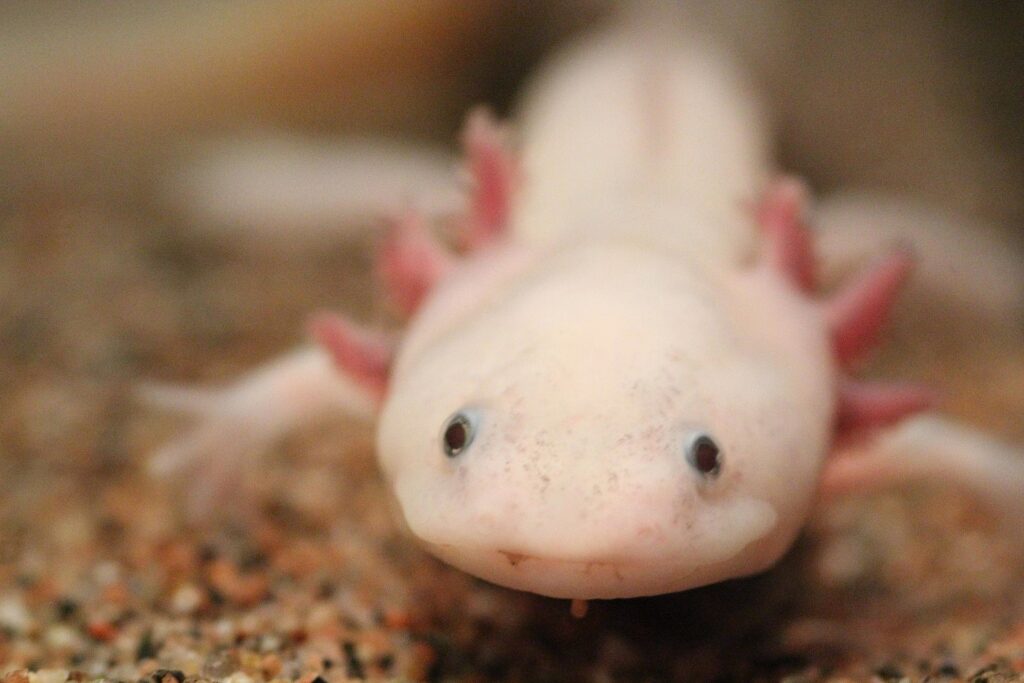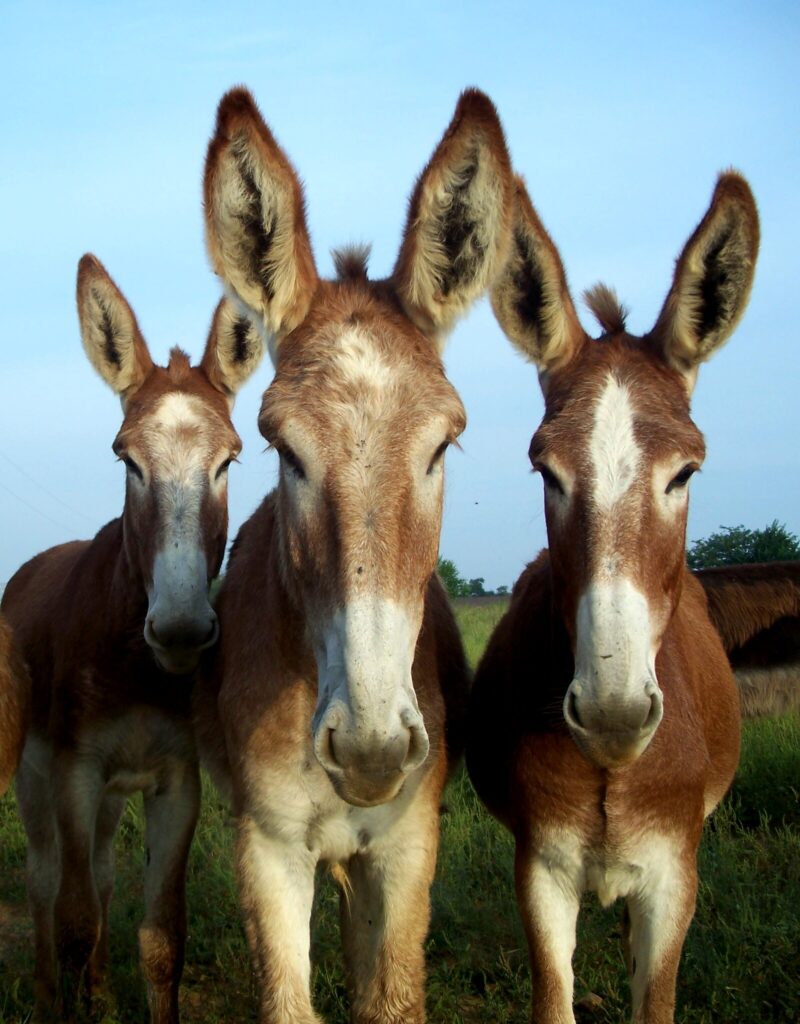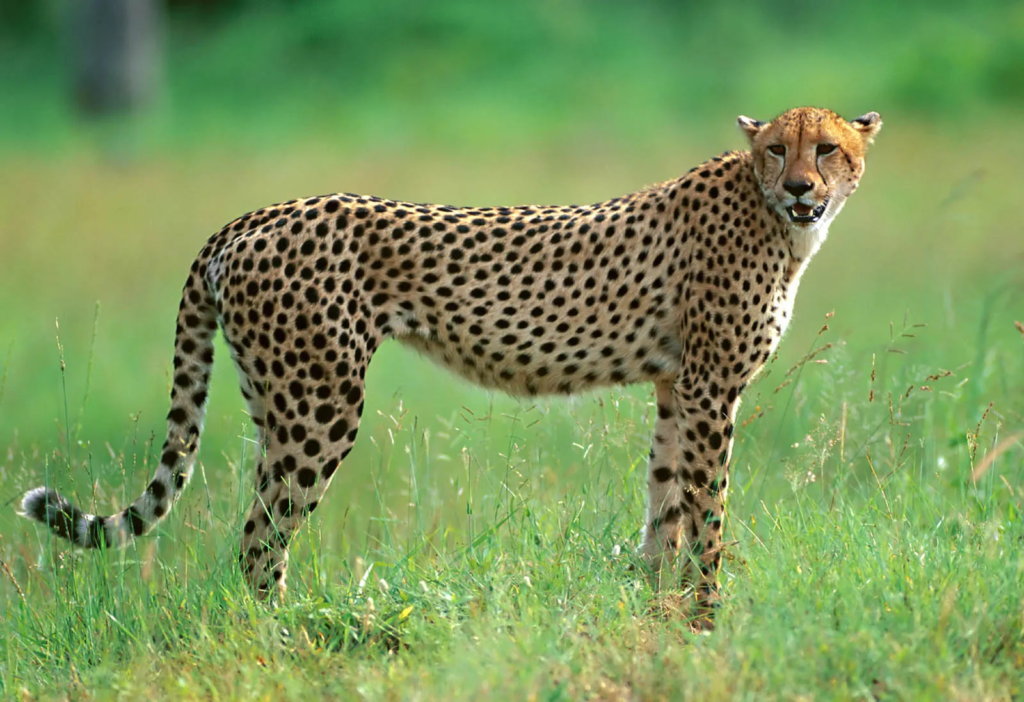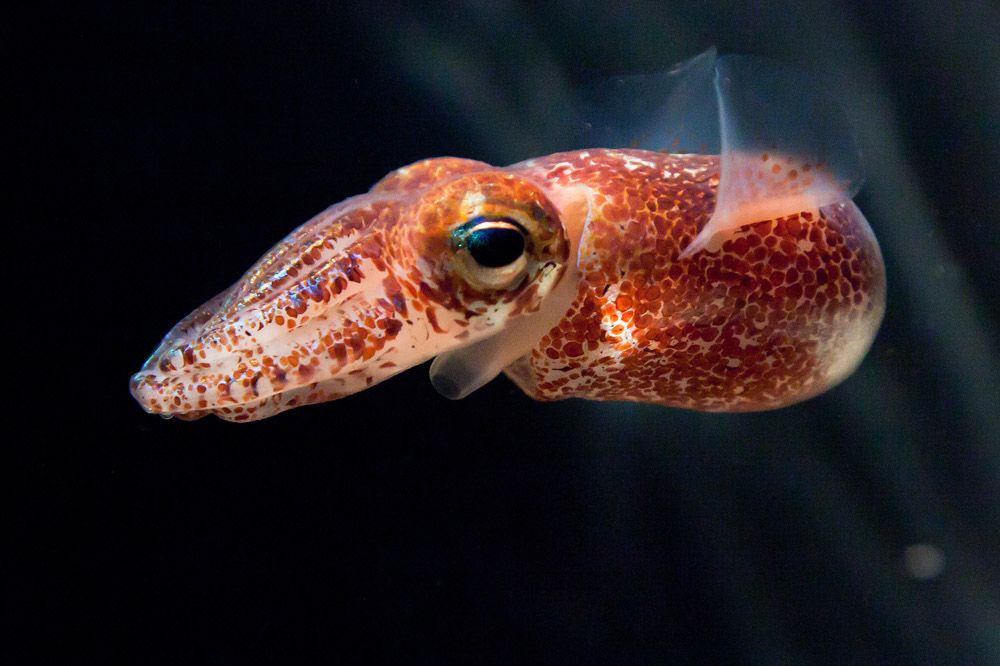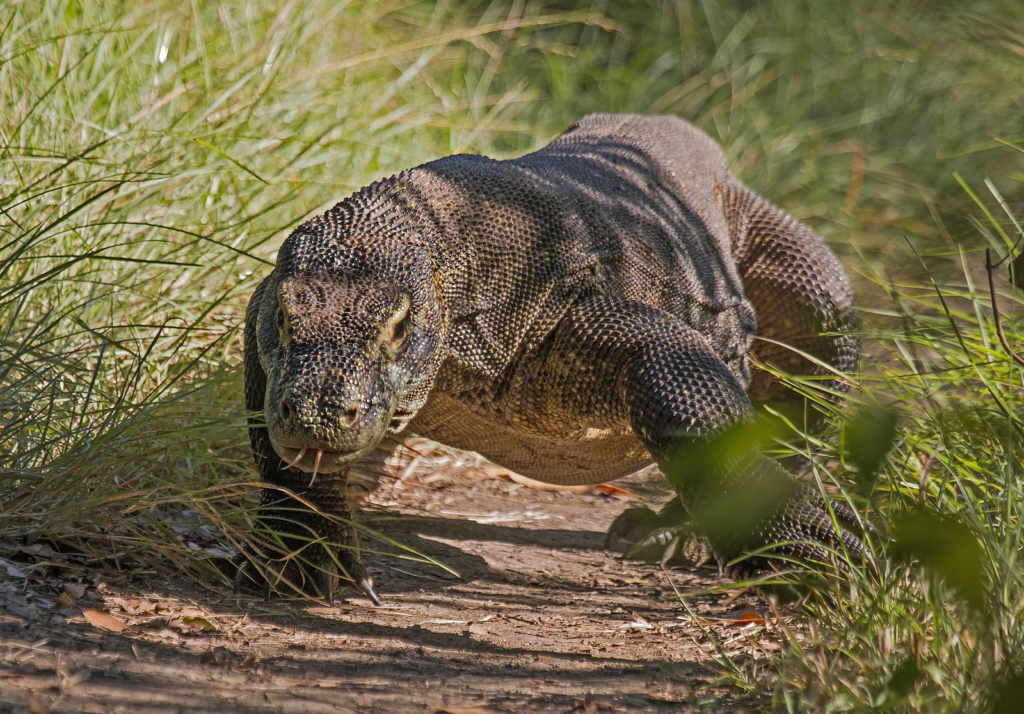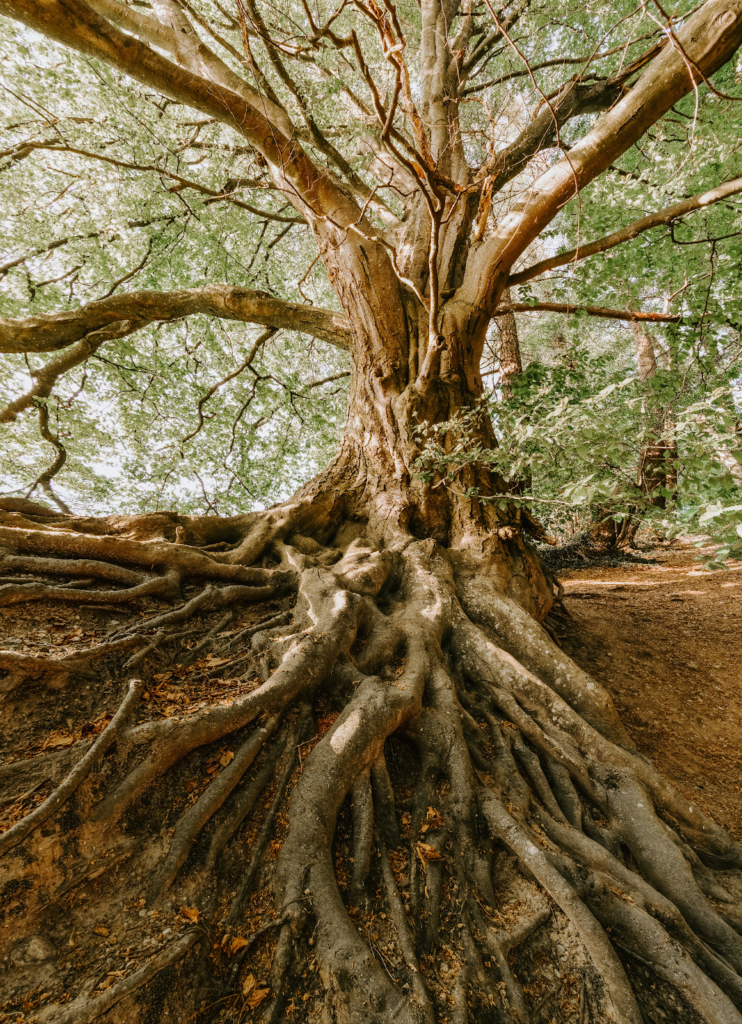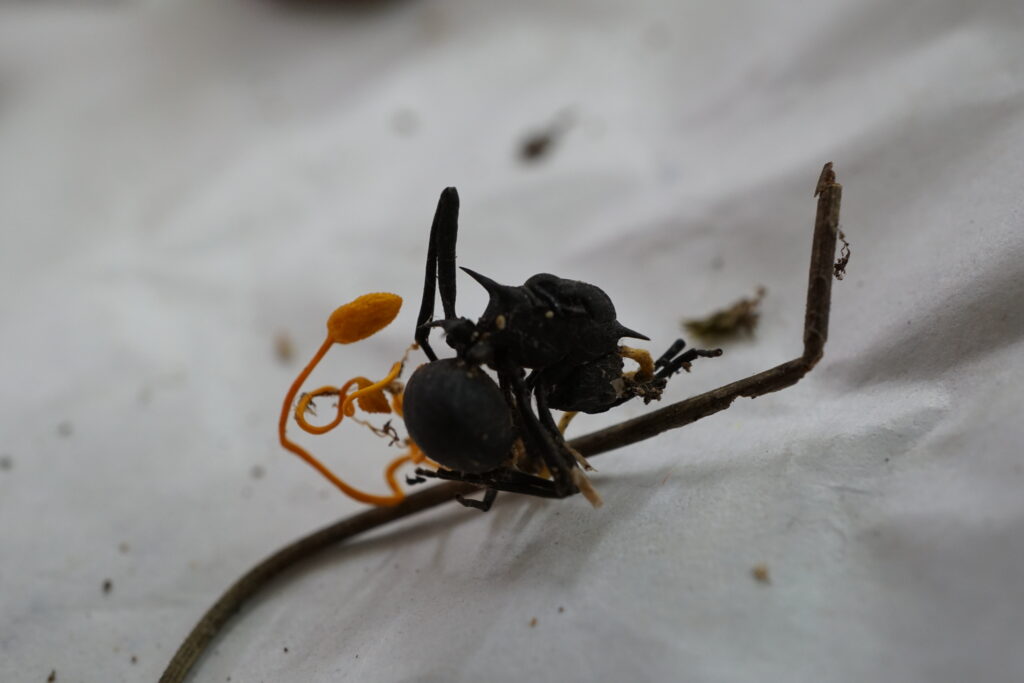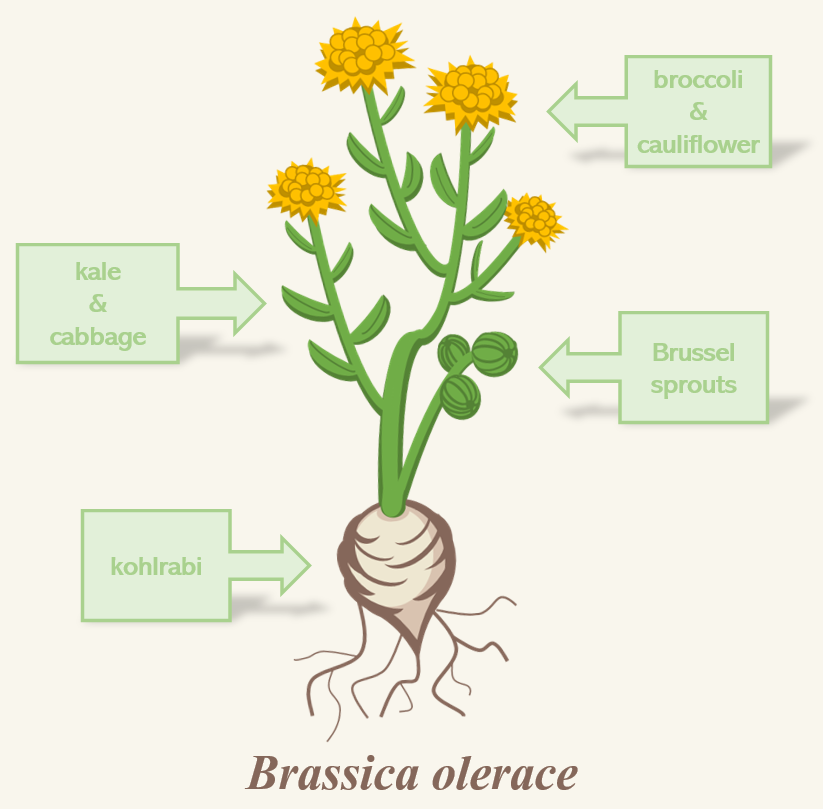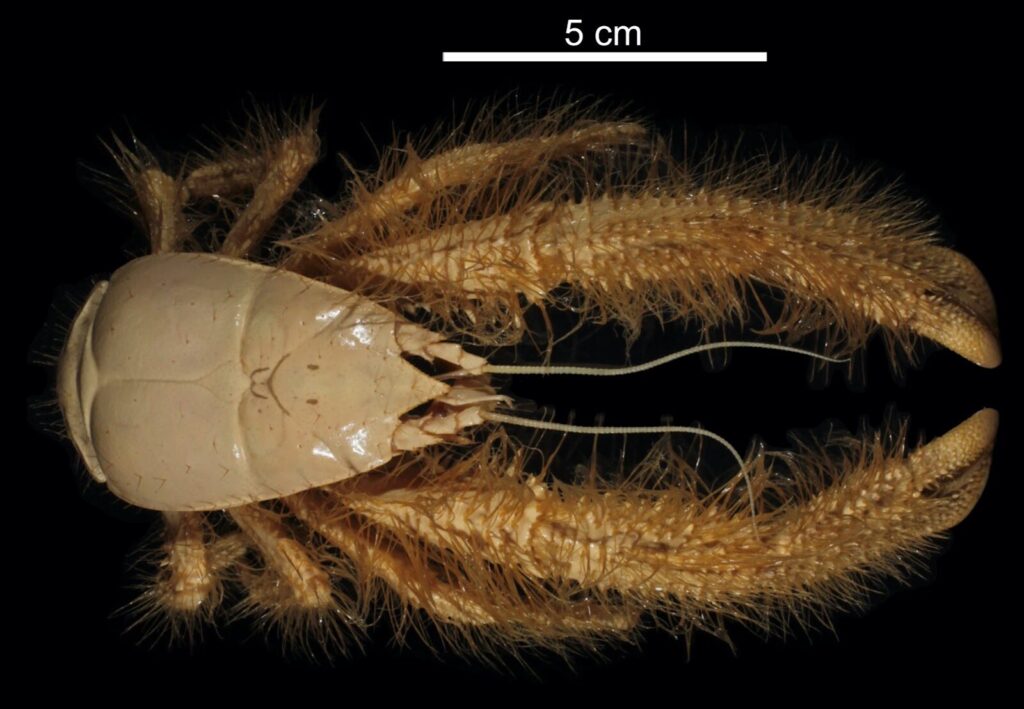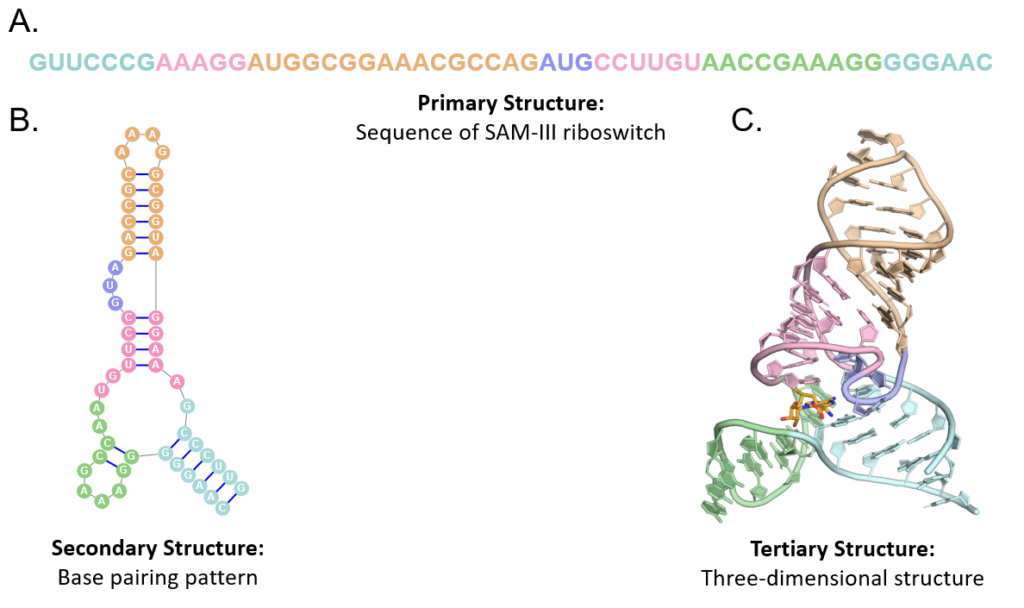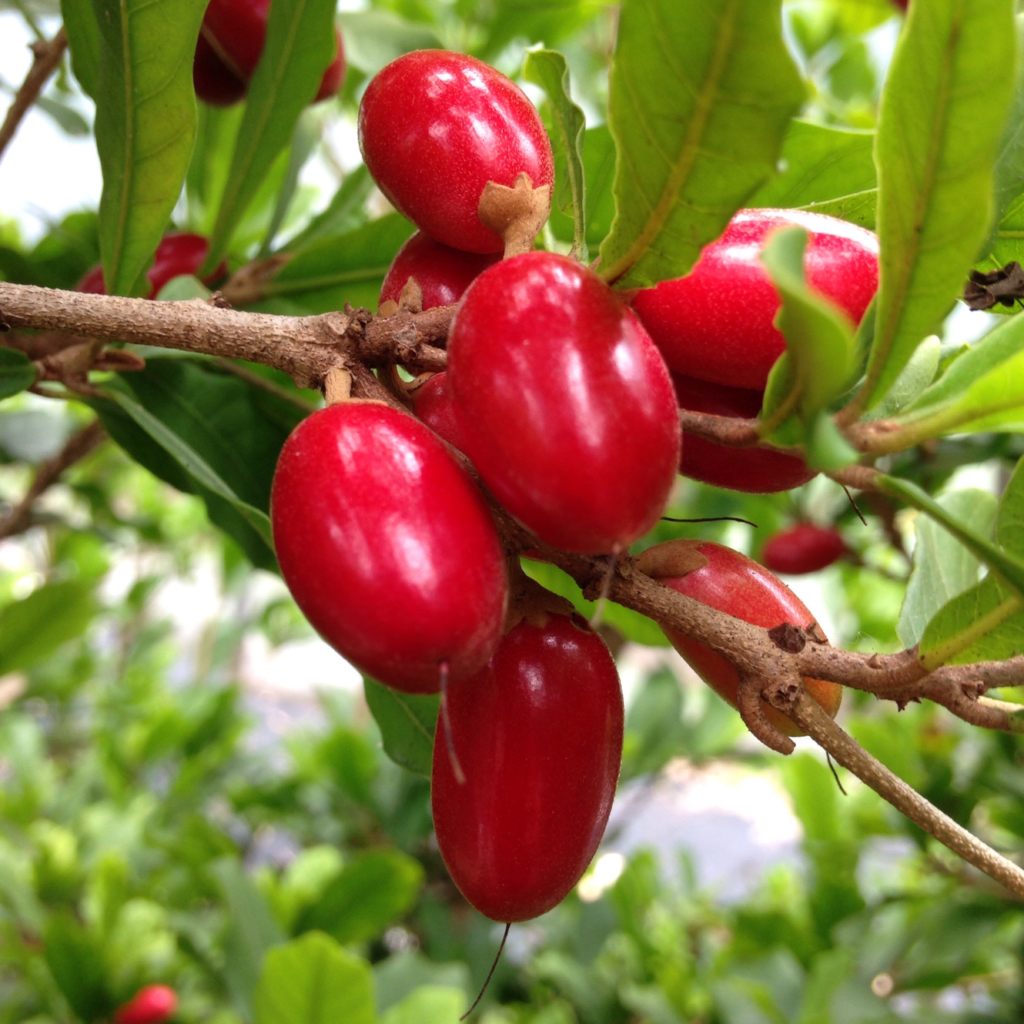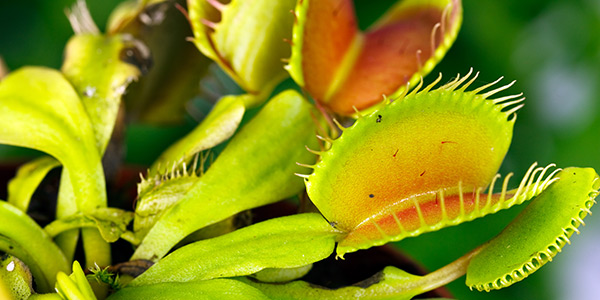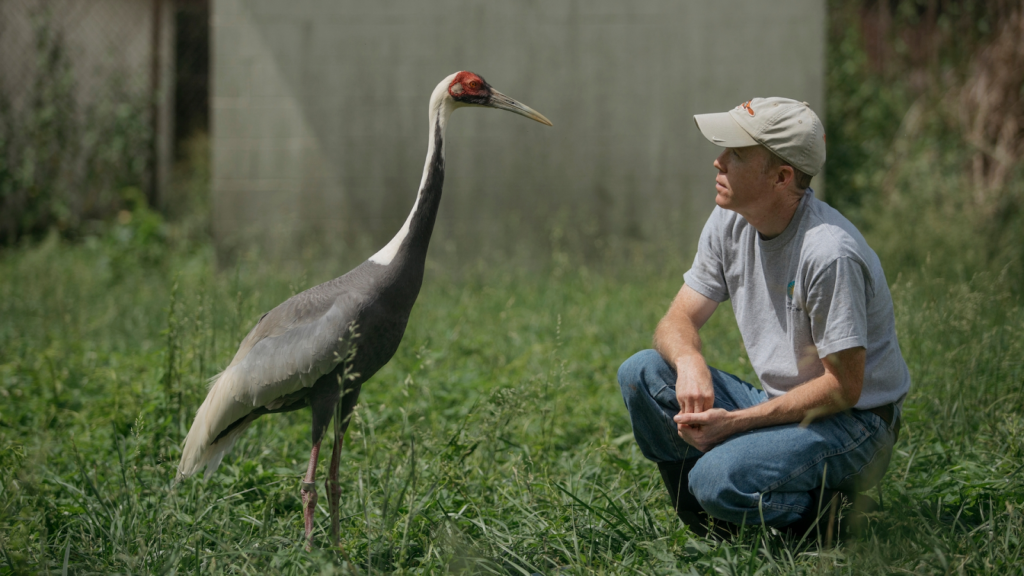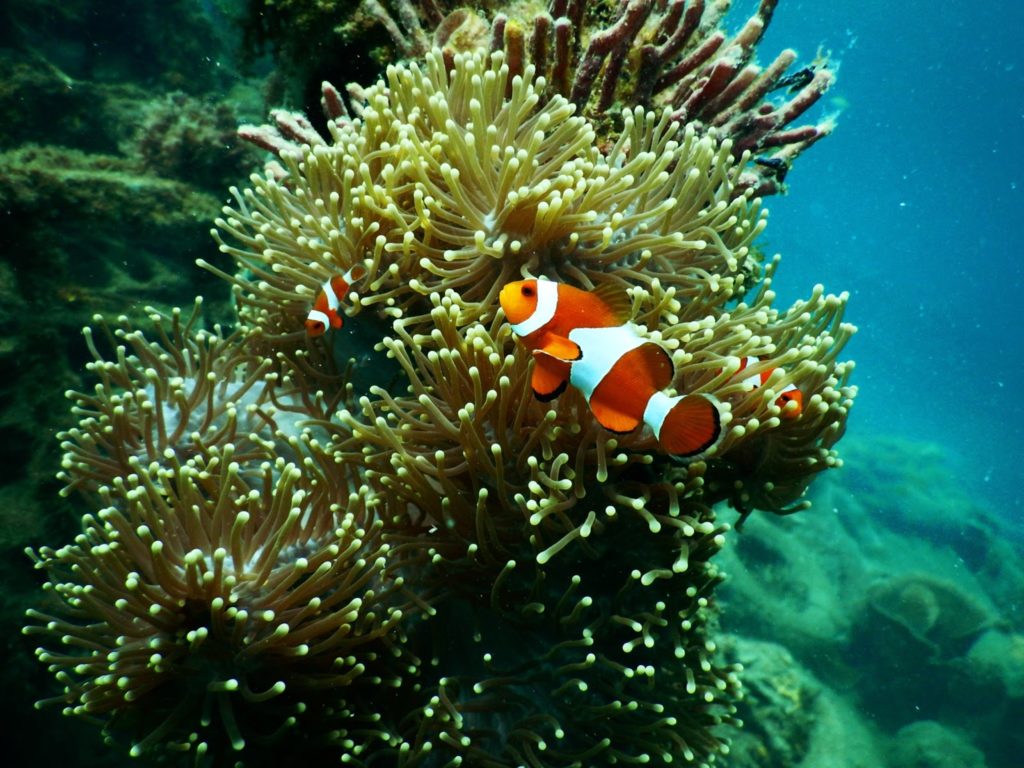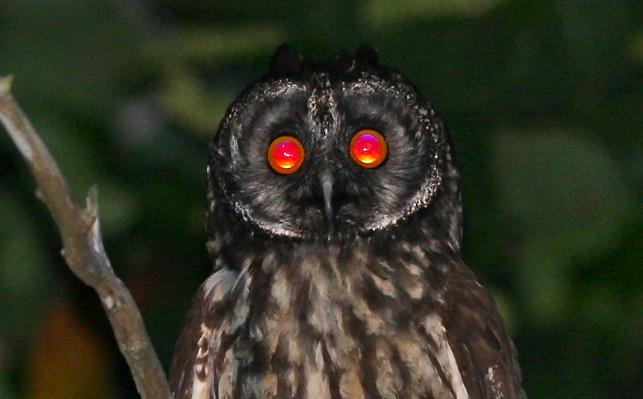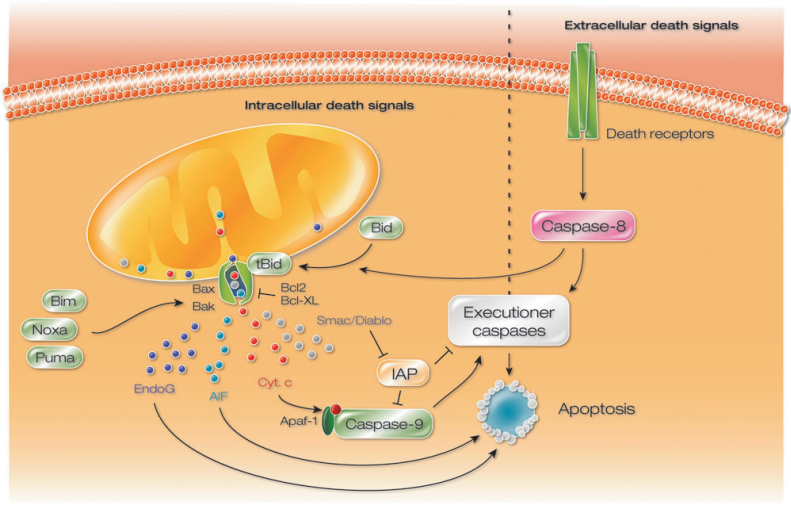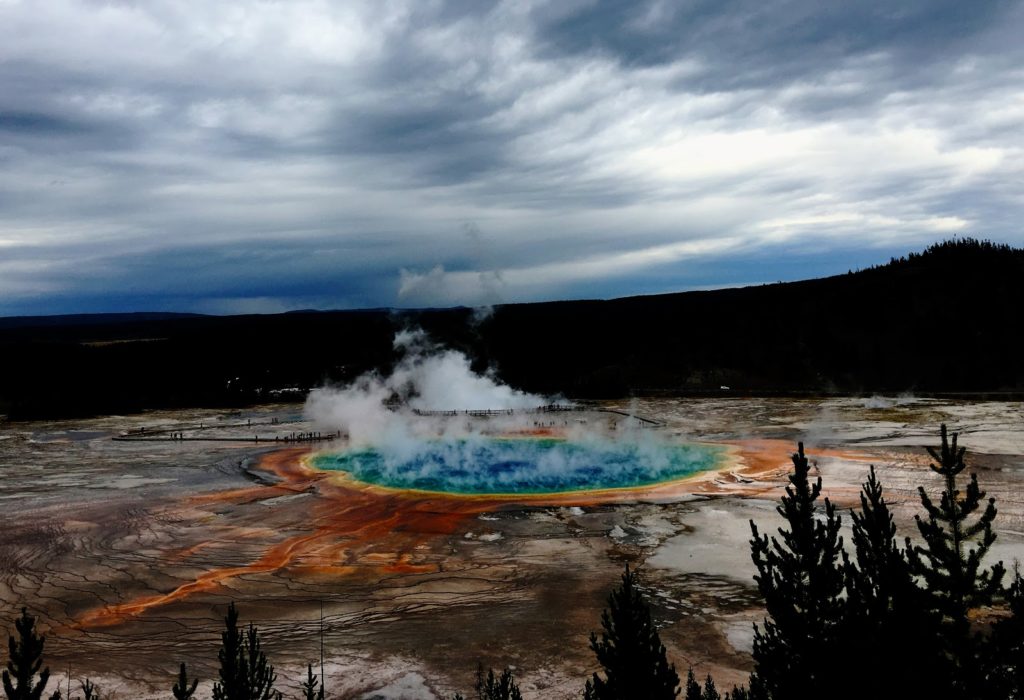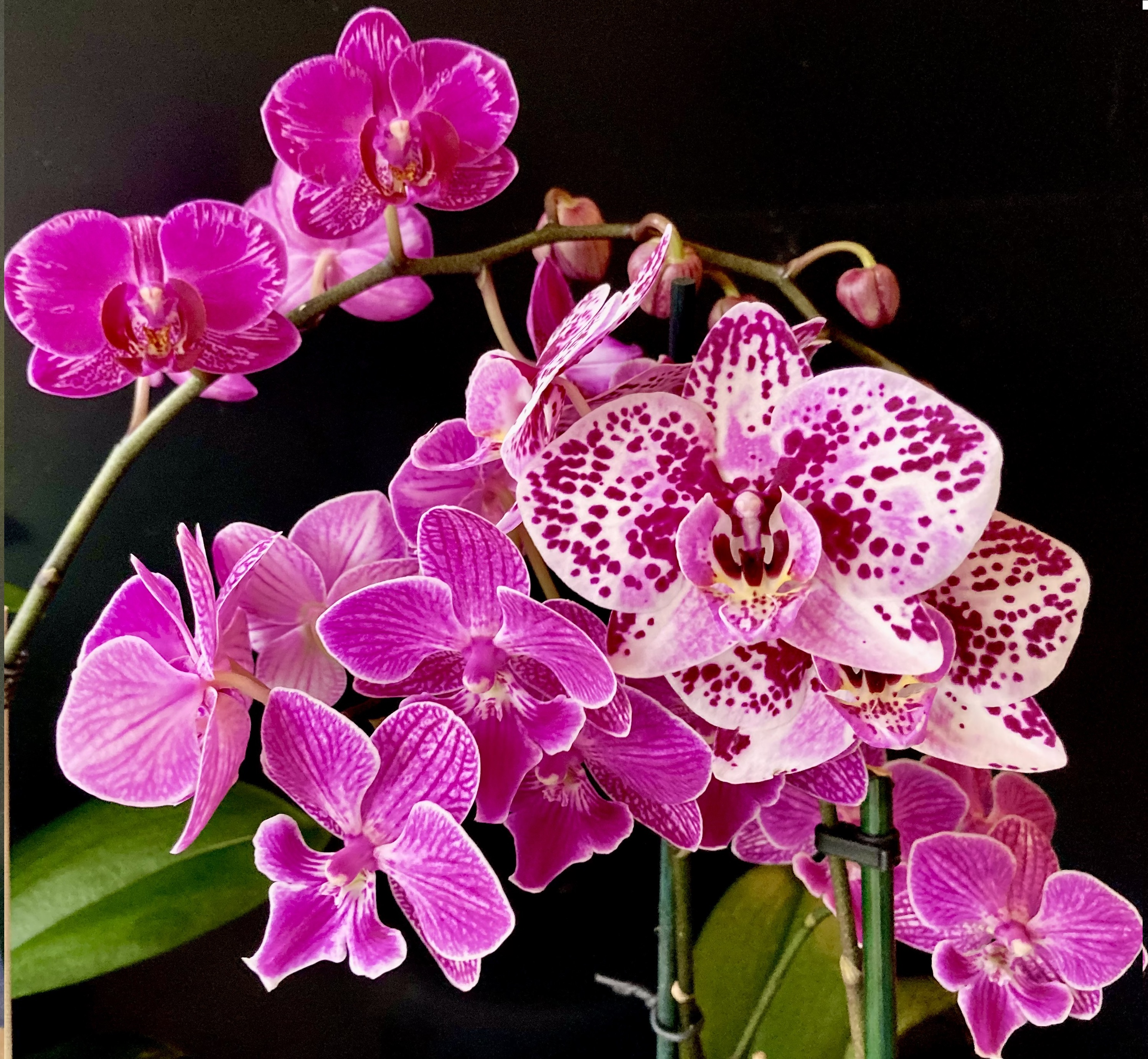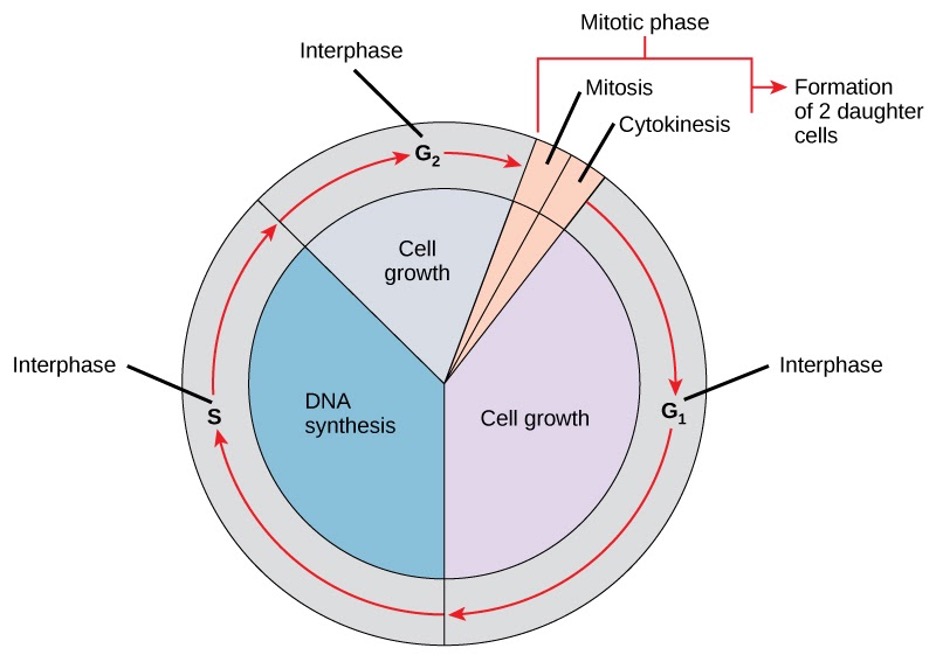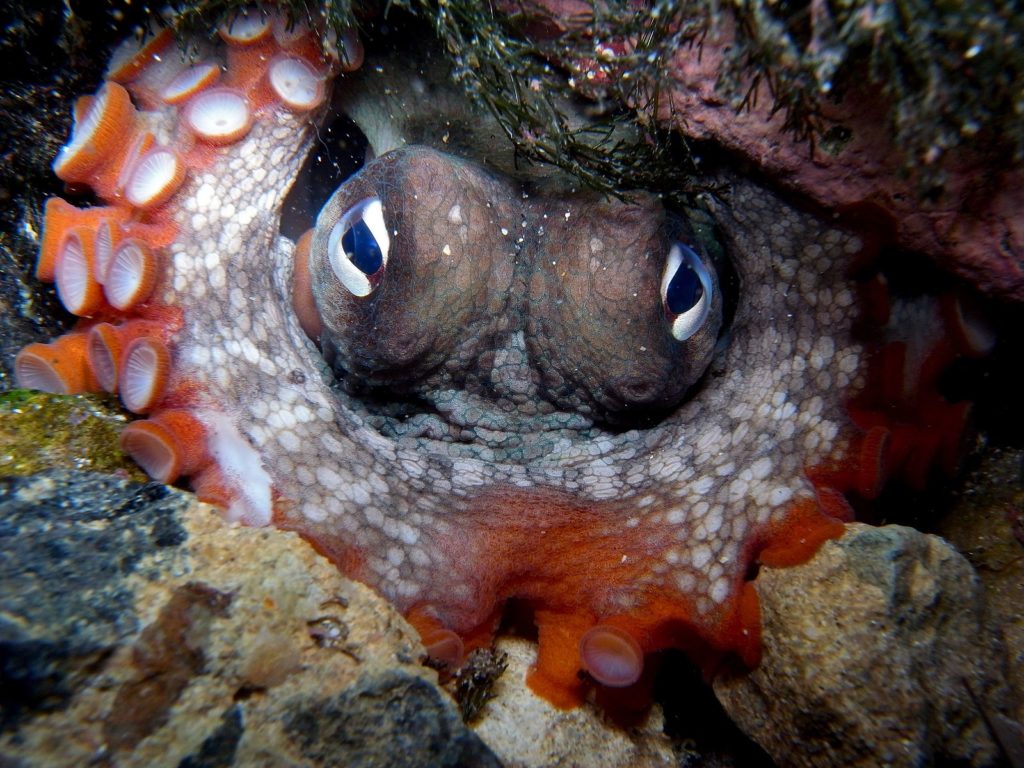The study of living things, including their genetics, biochemistry, behavior, and ecology.
Slithered Into Trouble: Burmese Pythons in the Everglades
by Margaret Dedloff The Everglades National Park is an area of land larger than 2,000 square acres in South Florida.…
Plant cells play a near-perfect game of telephone
by Imani Madison Plants are unable to physically move from their location to find nutrients or escape harm, so they…
Why Do Mosquitoes Find You Tasty?
by Macy Osborne-Frazier As summer approaches, many different types of bugs will begin hatching from their eggs and exiting hibernation,…
Bad Hair Day: The Science Behind Hairstyling
By Macy Osborne-Frazier Oh no, you spent an hour this morning straightening your hair and after 10 minutes in the…
The science behind sensory processing sensitivity
by Maya Bluitt For a lot of us, external stimuli – the feeling of a t-shirt hanging on you, the…
Cuteness Overload: A Case for the Adorable
by Daniela Danilova You know it when you see it. As soon as you lay your eyes on it, you…
Plant Propagation
by Amanda Linke Many people embraced becoming plant parents during the COVID pandemic, filling their homes with vibrant tropical houseplants.…
Why All Chicken Nuggets Are Actually Dino Nuggets
By Sophie Mendell With modern day technology, scientists have successfully captured and shared what a dinosaur roar sounds like. Surprised…
Chimerism: How Multiple Organisms can Live in the Same Body
By Macy Osborne-Frazier If you watched the recent Percy Jackson and the Olympians show, you might remember a scene where…
Vultures: You Are What You Eat…Or Are You?
by Quinn Eberhard Of the great variety of animals on Earth, few are considered more repulsive than the vulture. Often…
Could a mouse-like primate hold the key to human space travel?
by Elissa Foss It’s cold outside and you can’t find anything to eat, so you might as well just sleep…
Axolotls: The Power of Regeneration
By Nicole Gadda Regeneration–which is the process of recreating lost or damaged tissues after physical injury–isn’t simply a superpower of…
Are Mules Alive? What NASA has to say may surprise you…
By Sophie Mendell Billions of years ago, there was no life on Earth. Today, Earth is abundant with life. The…
Mosquitoes: Itchy Annoyance or Sneaky Killers?
by Margaret Dedloff When you think about the world’s deadliest animals, you might think about the Nile crocodile, responsible for…
The Tabby Cat
by Anna Goddard Contrary to popular belief, “tabby” is actually not a breed of cat, but rather a coat pattern.…
Built for Speed: Earth’s Fastest Mammal
By Nathaniel Vorhees The fastest mammal on the planet can reach up to 70 mph and accelerate from 0-60mph in…
Bull Sharks Par-tee on a Golf Course
by Margaret Dedloff There are over 500 species of sharks, but only one is known to be able to live…
Better Together: Bobtail Squids and Bioluminescent Bacteria
by Leslie Kent Many animals use camouflage to disguise themselves to increase their chance of survival or to have an…
Parthenogenesis: Do it Yourself
by Brandon Le What if you wanted to start a family, but without the whole partnering up thing? For us…
What Grows Up Must Be Rooted Down
by Siena Mantooth Why do trees grow upwards? How do they know what “up” even is? Trees grow vertically even…
Pineapples and Proteases
by Amanda Linke The first time I saw a picture of a pineapple plant growing a fruit I thought the…
Zombie Ants: How a Fungus Controls the Minds and Bodies of Ants
By Nicole Gadda If you’re anything like me, you’re impatiently waiting for the next season of the hit HBO show…
One Plant to Rule Them All
by Taylor Tibbs As you listlessly push your grocery cart through the store’s produce section, careful not to stand too…
Hydrothermal Vents: The Origin of Life?
by Nicole Gadda Have you ever wondered how life on Earth began? If so, you’re not alone. Many scientists are…
Is that Friendship I Smell?
by Honoreé Brewton Versíon en Español Humans can smell over one trillion scents. Photo by Pixabay from Pexels. The human…
Evolution to Pollution: The Unforeseen Costs
by Emily Green Figure 1. Male Atlantic killifish (Fundulus heteroclitis). In high school science class, you may hear anecdotes of…
What is RNA Anyways?
by Seth Veenbaas Versión en Español You may already know that DNA is a complex molecule in all our cells…
The Orca-nization of Killer Whale Social Structures
by Margaret Dedloff Orcas, also called killer whales, are marine mammals and the largest species of dolphin. Orcas can weigh…
Did you know that all calico and tortoiseshell cats are female?
by Taylor Tibbs Coat differences between calico (large splotches of 3 colors) and tortoiseshell (smaller splotches of 2-3 colors). Image is…
Do Naked Mole Rats Hold the Secret to Cancer Treatment?
by Colleen Steward Imagine that you are on a trip exploring the Atlanta Zoo. You round the corner from the…
DNA Replication: A Fundamental Yet Highly Complex Process
by Dalia Fleifel Cell division: Why and how? The human body is estimated to be made up of ~37 trillion…
The World’s Most Miraculous Fruit
by Taylor Tibbs Photo of S. dulcificum or miracle berry plant. Image obtained from Craig Hepworth’s blog Florida Fruit Geek.…
The Venus Flytrap: Watch Your Fingers!
by Madison Williams Did you know that some plants actually eat insects? Yep! One of the most famous carnivorous (meat-eating)…
Ballooning Spiders
by Lacey R. Lopez Figure 1 caption: Tiptoeing spider by Michael Hutchinson. Imagine you’re playing in the backyard with your…
How Our Cells Divide
by Madison Williams This is an image of a mouse cell in cytokinesis, the final stage of cell division. This…
How are fingerprints formed?
By Taylor Tibbs Every single person on the planet has a unique set of fingerprints – even those of identical…
Imprinting: An Avian Anecdote
by Whitney Bell A white-naped crane. Image Source Recently, a special love story garnered an enormous amount of publicity. A…
Do dogs really love us?
by Nicole Gadda Do our dogs really love us? The science says yes! Our new pup, Belle. Image taken by…
The Most Beautiful Experiment in Biology
By Riya Gohil The Most Beautiful Experiment in Biology One of my favorite analogies of learning is the expanding circle…
Color, too, is in the Eye of the Beholder
by Anastacia Wienecke There is much more to color than meets the eye. Quantitative measurements like weight, volume, temperature, and…
The Rainforests of the Sea
by Nicole Gadda Sea turtles, jellyfish, anemones, parrotfish, seahorses, sea sponges, starfish, Nemo, and Dory – coral reefs aren’t nicknamed…
Flying the Red Eye
By Alec Chavez Stygian Owl Image source “Flying the red eye” is a commonly used expression to describe the tired…
Apoptosis
By Mohamed Mahmoud Have you ever imagined that cells can die by suicide or thought of how and why they…
The Microbes Behind Yellowstone’s Rainbow Hot Spring
By Michelle Chamberlain Yellowstone National Park contains a rainbow colored hot spring called Grand Prismatic Spring. No, somebody didn’t dump…
Epiphytes: Plants That Can Live Without Soil
By Taylor Tibbs We naturally assume that plants grow in soil. However, not all plants need soil to survive! Epiphytic…
Cell cycle
By Mohamed Mahmoud The human body contains about 37.2 trillion cells. All of these cells are derived from only one fertilized…
The Breath that Changed the World
By Michelle Chamberlain Today, humans rely on oxygen to survive, but for the first half of our planet’s history oxygen…
The Antisocial Social Club of Gloomy Octopuses
By Emma Goldberg Gloomy octopuses, also known as Common Sydney Octopus, have traditionally been thought of as loners. Until recently,…
